AlfaT8 wrote:For comparison (sadly not the same beach and i couldn't find one of Tigr-M on a beach)
Take note also, not every sand/beach is the same

 Re: NATO: Discussion and News
Re: NATO: Discussion and NewsAlfaT8 wrote:For comparison (sadly not the same beach and i couldn't find one of Tigr-M on a beach)

 Re: NATO: Discussion and News
Re: NATO: Discussion and News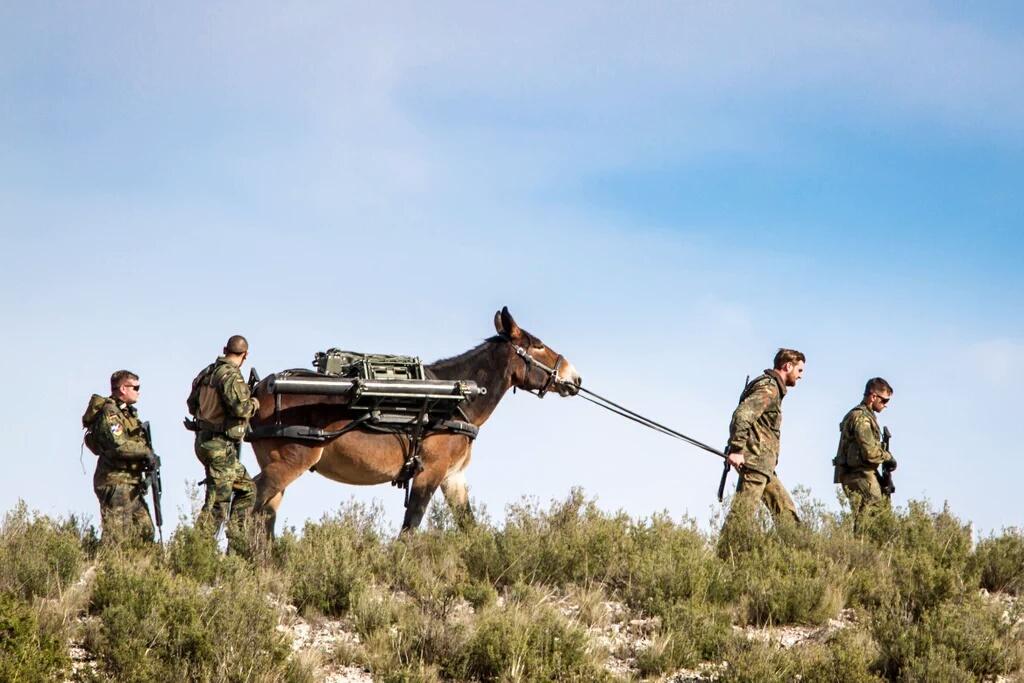
 Re: NATO: Discussion and News
Re: NATO: Discussion and NewsUnless they were traversing the mountains (ala Afghanistan) this just looks pathetic.Militarov wrote:
During same exercise German mountain infantry transporting their mortar with mule.

 Re: NATO: Discussion and News
Re: NATO: Discussion and NewsAlfaT8 wrote:Unless they were traversing the mountains (ala Afghanistan) this just looks pathetic.Militarov wrote:
During same exercise German mountain infantry transporting their mortar with mule.
 Re: NATO: Discussion and News
Re: NATO: Discussion and NewsMountain infantry, then it all makes sense, btw were there mountains to traverse during this exercise??Militarov wrote:AlfaT8 wrote:Unless they were traversing the mountains (ala Afghanistan) this just looks pathetic.Militarov wrote:
During same exercise German mountain infantry transporting their mortar with mule.
Na, same exercise, this Trident crap from few days ago. Yeah i know it looks patethic but they are after all mountain infantry, i belive Russians obtained donkeys for similar role some years ago. Horses/mules/donkeys are very useful animals for the army even today
Yugoslavian army for an example had 20mm AA guns that you could disassemble and then they would be carried by 4 horses/mules for mountain infantry

 Re: NATO: Discussion and News
Re: NATO: Discussion and NewsAlfaT8 wrote:Mountain infantry, then it all makes sense, btw were there mountains to traverse during this exercise??Militarov wrote:AlfaT8 wrote:Unless they were traversing the mountains (ala Afghanistan) this just looks pathetic.Militarov wrote:
During same exercise German mountain infantry transporting their mortar with mule.
Na, same exercise, this Trident crap from few days ago. Yeah i know it looks patethic but they are after all mountain infantry, i belive Russians obtained donkeys for similar role some years ago. Horses/mules/donkeys are very useful animals for the army even today
Yugoslavian army for an example had 20mm AA guns that you could disassemble and then they would be carried by 4 horses/mules for mountain infantry


 Re: NATO: Discussion and News
Re: NATO: Discussion and News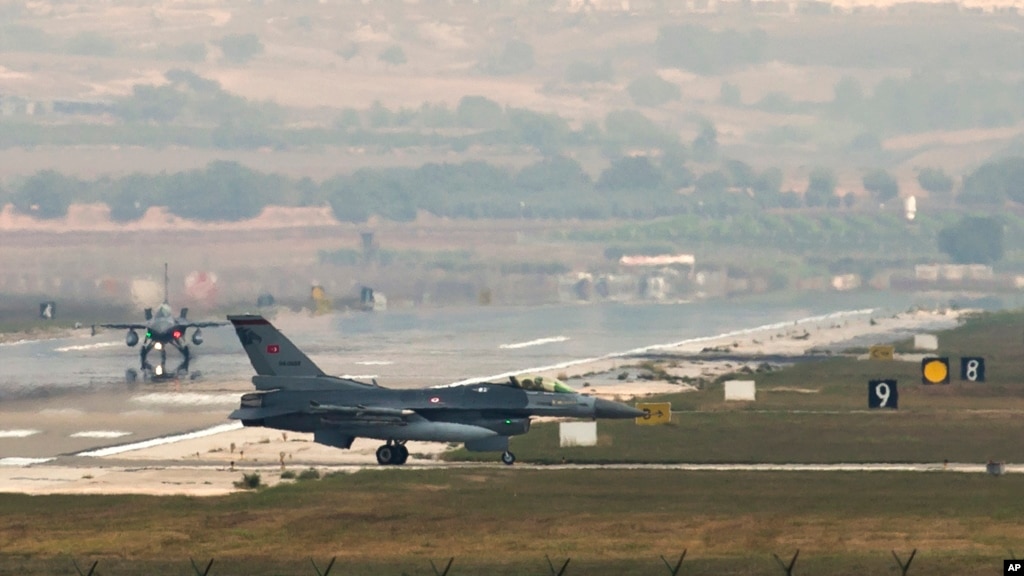
 Re: NATO: Discussion and News
Re: NATO: Discussion and News Re: NATO: Discussion and News
Re: NATO: Discussion and News

 Re: NATO: Discussion and News
Re: NATO: Discussion and News Re: NATO: Discussion and News
Re: NATO: Discussion and News
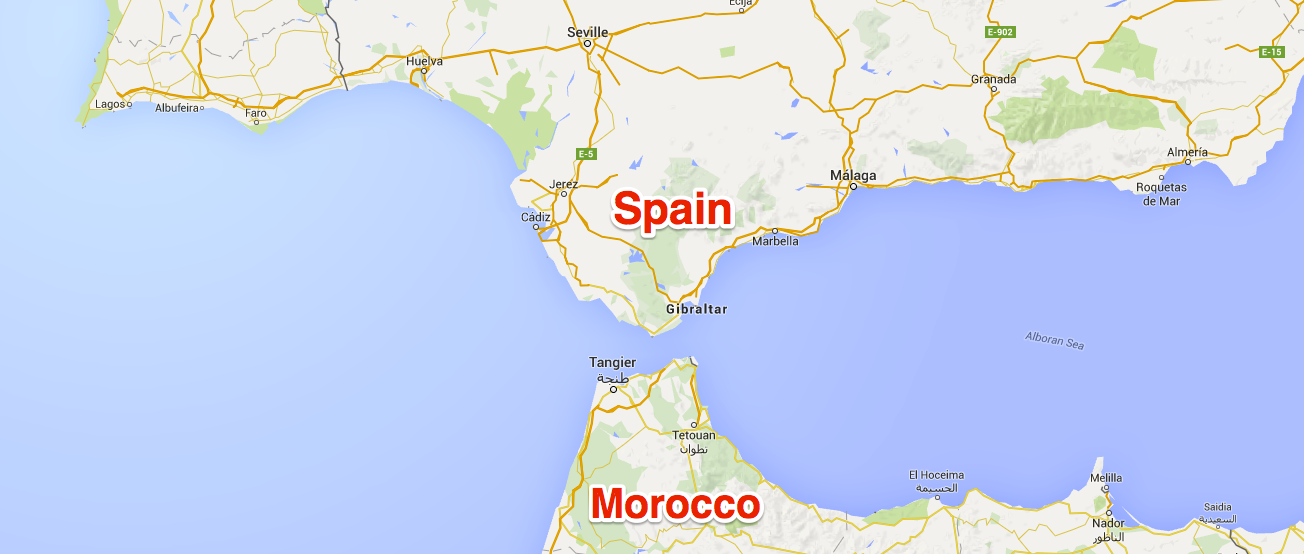

 Re: NATO: Discussion and News
Re: NATO: Discussion and News

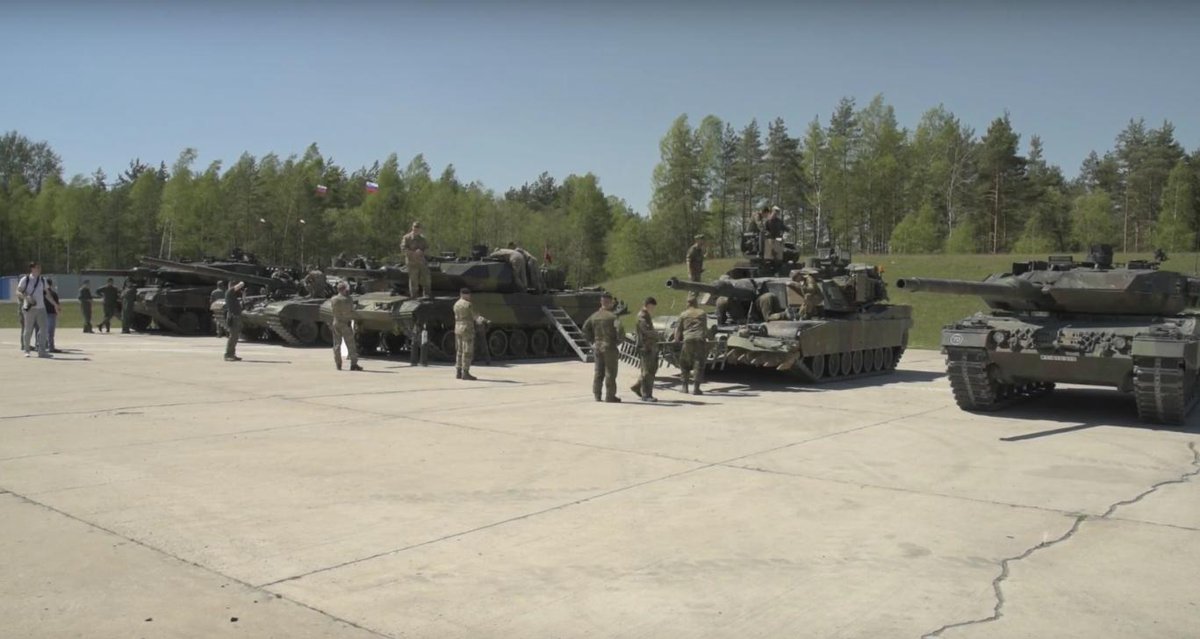

 Re: NATO: Discussion and News
Re: NATO: Discussion and NewsMilitarov wrote:
 Re: NATO: Discussion and News
Re: NATO: Discussion and News Re: NATO: Discussion and News
Re: NATO: Discussion and News
 Re: NATO: Discussion and News
Re: NATO: Discussion and News Re: NATO: Discussion and News
Re: NATO: Discussion and News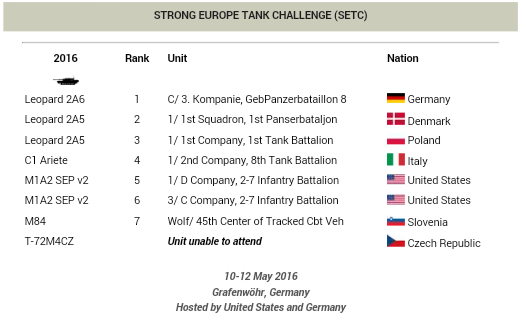
 Re: NATO: Discussion and News
Re: NATO: Discussion and News Re: NATO: Discussion and News
Re: NATO: Discussion and News Re: NATO: Discussion and News
Re: NATO: Discussion and Newssepheronx wrote:The New Cold War - NATO Plans 40k Force, Bases on Russia's Border Read more: http://sputniknews.com/military/20160615/1041407693/nato-cold-war-russian-border.html#ixzz4BgiD6rQi
Curious, with 40K troops to be stationed near Russia, I wonder what will Russia's response be? If it is to station more troops in west, then the US will just respond with even more stationed troops. IT will just be continuous till Russia has no more troops to be able to station in the west.
So something else will have to be done. I figure Russia will have to start moving troops and equipment to Crimea (even more), more to Kaliningrad and start sending troops to friendly nations.
 Re: NATO: Discussion and News
Re: NATO: Discussion and News Re: NATO: Discussion and News
Re: NATO: Discussion and Newssepheronx wrote:it is quite questionable of course the whole mention of it because it states 4,000 perminant troops but mentions 4 batallions quick reaction forces. So my guess is 40,000 NATO troops trained and ready. So each nation part of NATO will train 40,000 troops to be ready at short notice and flown into the nations. So probably not 40,000 troops of NATO stationed between Romania, Poland Latvia and Lithuania, but trained in various countries ready to be flown in.
Still. Glad to know that there are 25,000 in Crimea. How many in Kaliningrad though? They should increase it to at least 40,000 troops.
 Re: NATO: Discussion and News
Re: NATO: Discussion and News